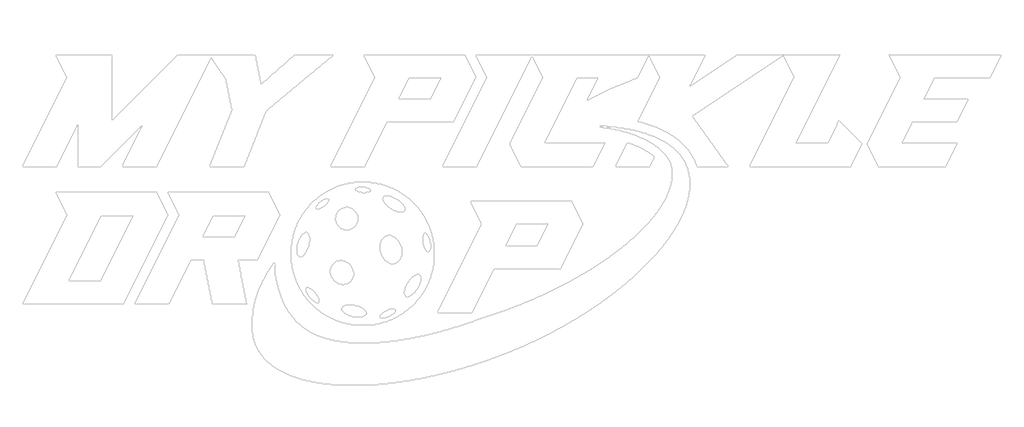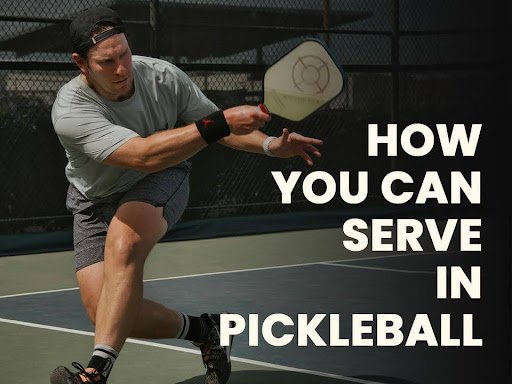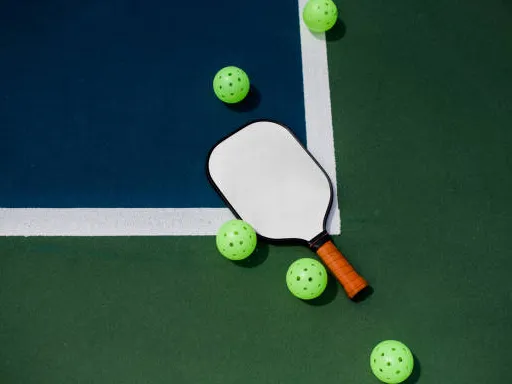Pickleball may seem similar to other racket games like tennis or badminton. However, as we dive deeper into the rule book of pickleball, we see many different and some tricky new rules. For anyone thinking about learning pickleball basics, they must know all the rules in pickleball. A major part of these is the pickleball serving rules.
There are some rules that you must follow while serving in pickleball. These involve different postures, techniques, positions and strategies. Knowing these rules will not only give you a better understanding of the game but also make it easier for you to play the game.
Some of these rules maybe similar for both singles and doubles game. However, some of them vary in both versions of the game.
For starters, you must know the appropriate technique and position for a serve. As well as the rule for where the server must stand.
How and where to position yourself?
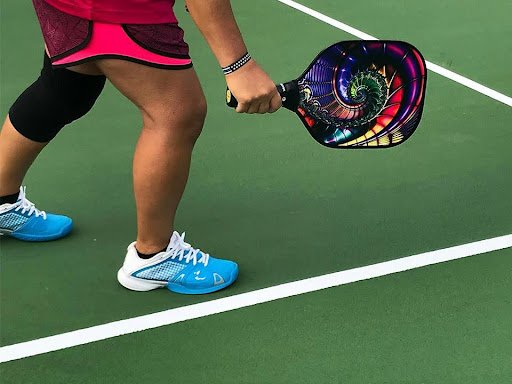
Pickleball serving position makes it compulsory for the server to stand behind the baseline while hitting a serve. Servers typically stand in a way that their foot is an inch or two away from the baseline just to be safe. As, if the server steps on the baseline while their paddle meets the ball, it is considered as a fault. It is customary to mention, of course, that the server must not step on any line; center line, sideline, or the baseline, for the serve to be considered as let.
That is, only while the server’s paddle meets the ball. As soon as the ball is struck, the server may then step into the court and begin to play.
It is also required that the server’s paddle must meet the ball below their waist. The serve must be hit from below the waist and with an underhand stroke for it to be considered a let. This pickleball serve technique also involves an upward arc of the server’s arm.
An underhand stroke from below the waist followed by an upward arc of the arm allows a perfect room for the serve to land in the allowed area.
What do the terms ‘let’ and ‘fault’ mean in pickleball?
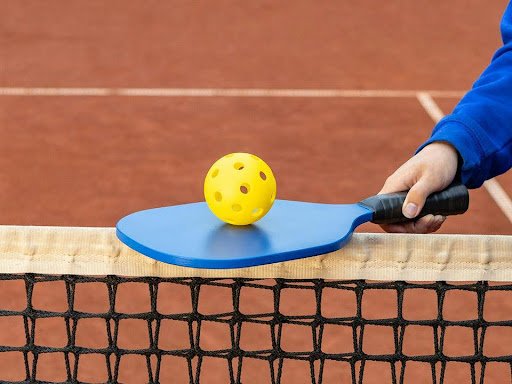
To understand the provided rules, you must know the pickleball terminologies. A legal serve that follows all pickleball rules is termed as a let in pickleball. On the contrary, a serve that fails to follow any one of the pickleball serving rules is termed as a fault. In which case, the serve is hit again and the rules for this second serve vary in both singles and doubles game.
Serving sequence in a singles game
Rules for serving in a singles game are relatively simpler. The server continues to serve if they score a point. They are required to switch to the opposite side of the court with each point scored. This sequence continues until it is broken by a fault committed by the server. Then the serve is passed onto the opponent.
Serving sequence in a doubles game
The rulebook complicates in this section as there are multiple scenarios to consider in a doubles game. It should be noted that whoever serves first from the team is called server 1. While their partner, who serves when server 1 commits a fault, is called server 2. If the serving team scores a point, they will, of course, continue to serve with the same server. However, they will switch sides with their partner at each point scored. Once a fault is committed, the rules differ for two different points of game.
At the beginning of the game, if the first server from the serving team commits a fault, the serve is passed onto the opponent team.
However, when in the middle of the game, if the first server commits a fault, their partner is next line to serve. The partner is called the second server or server 2. If the second server commits a fault, then the serve is passed onto the opponent team and the sequence continues.
Do positions depend on score?
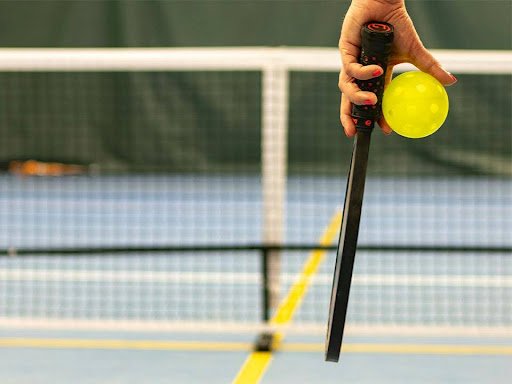
Pickleball comes with its own new and unique rules!
The game – both singles and doubles – begins with the server serving the ball from the right side of the court.
However, later in the game, this serving side depends on the score of the game. If the score is even, the server serves the ball from the right side of the court. But if the scores are odd, the server serves from the left side of the court.
In a doubles game, the serving partner serves the ball from the right side of the court when the scores are even (0,2,4 etc.). While their partner stands on the left side of the court. In case of odd scores (1,3,5 etc.), the server stands on the left side. Hence, their partner stands on the right side in this case.
Where must the ball land for a legal serve?
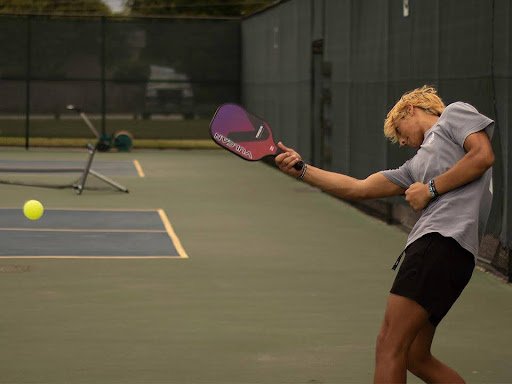
Pickleball serve rules also include how the ball should travel after being hit and where should it land. The served ball must travel crosscourt. That is, it should travel diagonally. If the serve is hit from the right side of the court, it should land in the right side of the opponent’s side as well.
The ball is required to land in the middle of the diagonal side of the court. That is, within the area between the baseline, sideline and the kitchen.
If the ball lands on any of the lines, it is considered a let. Except if it lands on the line of the kitchen – or inside the area of kitchen – it is then considered a fault and the serve is lost.
What is the ‘kitchen’?
‘Kitchen’ in pickleball is considered as the non-volley zone. During the serves, the ball must not land within this zone or on its line. Otherwise, it is considered as a fault and the serve is lost. However, during the rally, after a successful serve, the ball may land in the kitchen, it is considered legal. Players are allowed groundstrokes if they land in the kitchen. They may also volley, but they must not stand within the kitchen during a volley. Or else, it is considered a fault.
Types of serve
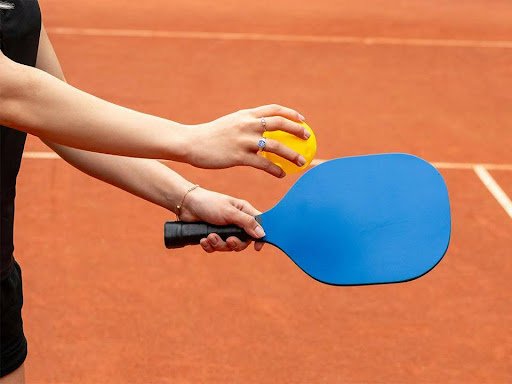
By now, we are well aware of how the server may stand, where should they positive themselves, how must they hit the ball and where must the ball land for the serve to be successful.
Keeping all that in mind, the pickleball serving rules allow you to serve the ball using two different techniques. You may choose either one according to your ease.
The first type of serve is known as a volley. A pickleball volley serve is when the server delivers a serve without hitting the ball to the ground first. The ball leaves the server hands and is hit by the paddle. This collision must occur below the server’s waist as explained before, with an upward arc.
The second type of serve is known as a drop serve. A pickleball drop serve is when the server lets the ball hit the ground first. He then hits the ball with his paddle. Again, the paddle must meet the ball below the server’s waist. Otherwise, the serve is lost due to commitment of fault.
It should be noted that the server must drop the ball and let it touch the ground freely. If any kind of force is applied, it will be considered as fault. So, the ball must not be hit on the ground or tossed in the air for extra force.
A ball may hit the ground as many times as the server may find it fit. But the ball must only hit the area designated for the serve. That is, behind the baseline.
The server must also keep in mind the 10 seconds rule during the serve.
What is the 10 second rule?
There is a 10 second rule applied on each serve. When a side scores a point, the referee records the score on the scoreboard. In some cases, the server maybe seen recording the scores. Regardless, once the score is recorded, the server is allowed only a span of 10 seconds to make his next serve. If he or she takes any more time than that, or fails to deliver a successful serve within the allowed time, it is considered as fault.
Whatever kind of serve a server may choose to hit, he or she must keep in mind the 10 second rule. They can let the ball hit the ground as many times as they find fit. But it should not take more than 10 seconds to serve the ball.
Do rules exist for the receiving end of the serve?
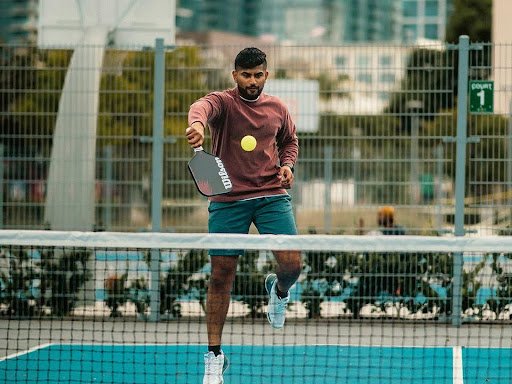
The serving team has to focus on their set of rules for a successful start and gain points. The team that serves is the only team that can gains points. However, the team on the receiving end must also keep in mind some rules in order to avoid a fault on their end.
The serve is required to travel crosscourt from the side of the server. This means that if the ball is served from the right side of the serving side, it should be received at the right side of the receiving team as well. Whichever partner is on the side where the ball lands, should be the one to receive it. If the other partner receives the ball, a fault is committed on their end. In such a case, the serving team gains a point.
What is a 2-bounce rule?
Serving rules in the game of pickleball do not just involve specific positions and techniques. They continue till a proper rally begins. Which is why, for a serve to be considered legal, it is required to bounce twice. Here is how;
In the game of pickleball, a player is allowed both, a volley and a groundstroke. A volley is when the player hits the ball before letting it hit the ground. While a groundstroke is when the player lets the ball bounce on the ground first and then hits the ball with their paddle.
Keeping that in mind, the 2-bounce rule states that when the ball is served, it should be allowed two bounces; one on each side. Only then a volley hit should be allowed. When the server serves the ball, the receiving team must let the ball bounce once on the ground then hit it back. Similarly, once they hit it back towards the serving team, they must let the ball bounce on the ground once and then hit the ball. Note that until the 2-bounce rule is complete, the server team is not allowed to step inside the court. They can only enter the court after the 2 bounces required for a successful serve. Once this cycle of two bounces is complete, then the players are allowed to volley at any point in the rally.
If the teams fail to follow this rule, it is considered as a fault. If the receiving team play a volley instead of letting it bounce, then it is considered a fault on their end. In such a case, the serving team gains a point. However, if the serving team fail to follow the rule and play a volley instead of letting it bounce once, it is considered a fault on their end. In which case, no points are gained by any team. As points can only be gained by the serving side. However, if this occurs at the beginning of the game, this fault by the serving team will result in a side out. That is, the serving team will loose their serve and the receiving team will get the opportunity to serve.
This rule is a very crucial serving rule in the game of pickleball. The game begins only after the completion of these 2 bounces after the serve.
Conclusion to the pickleball serving rules
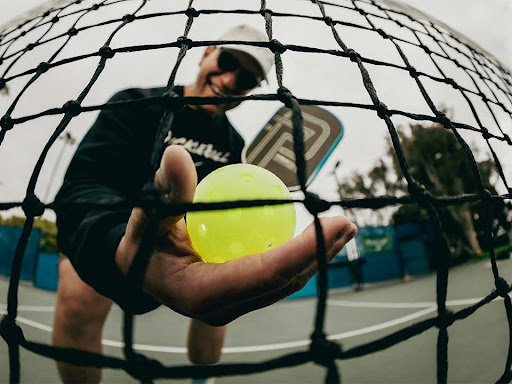
Pickleball has a unique and sometimes complicated set of rules. For a legal serve, there are multiple rules that you must follow in order to begin the game and then later gain points. A serve is just as important as any other part of the game as there are many ways to gain points. In order to master the game, learn and follow these rules. Enjoy it the way it was meant to be enjoyed!
